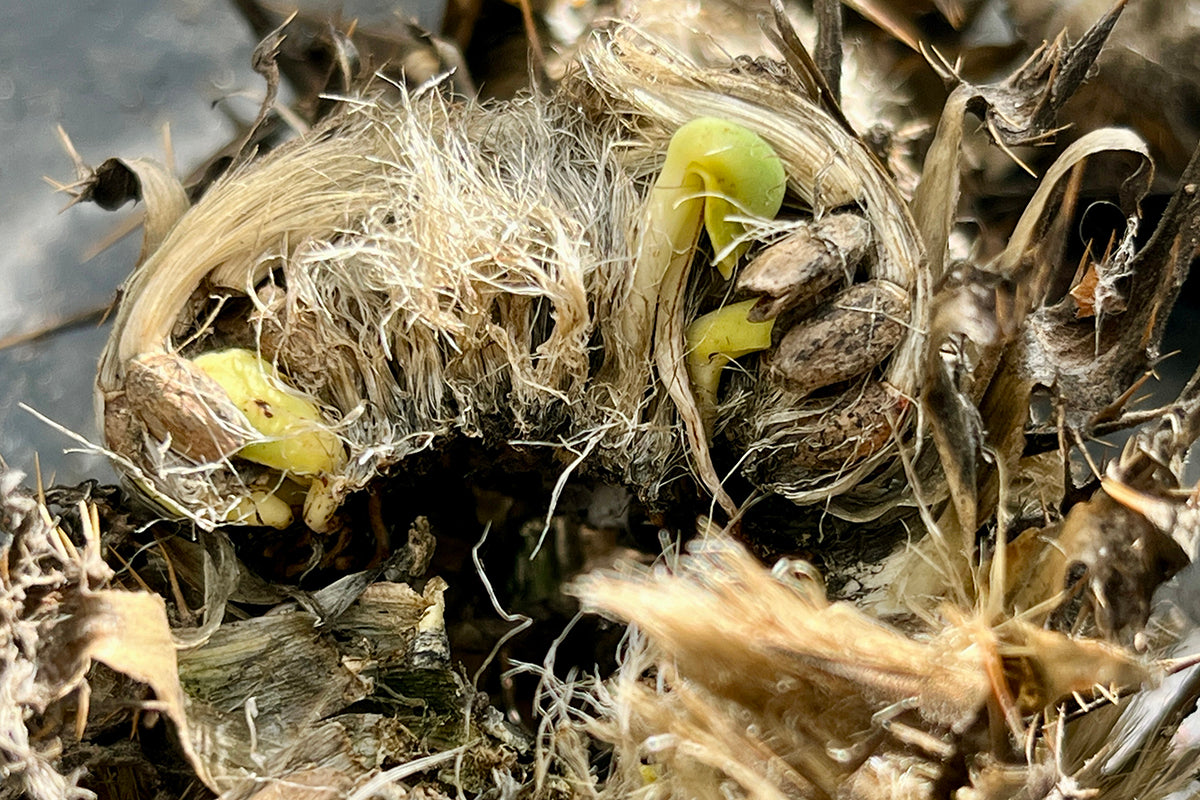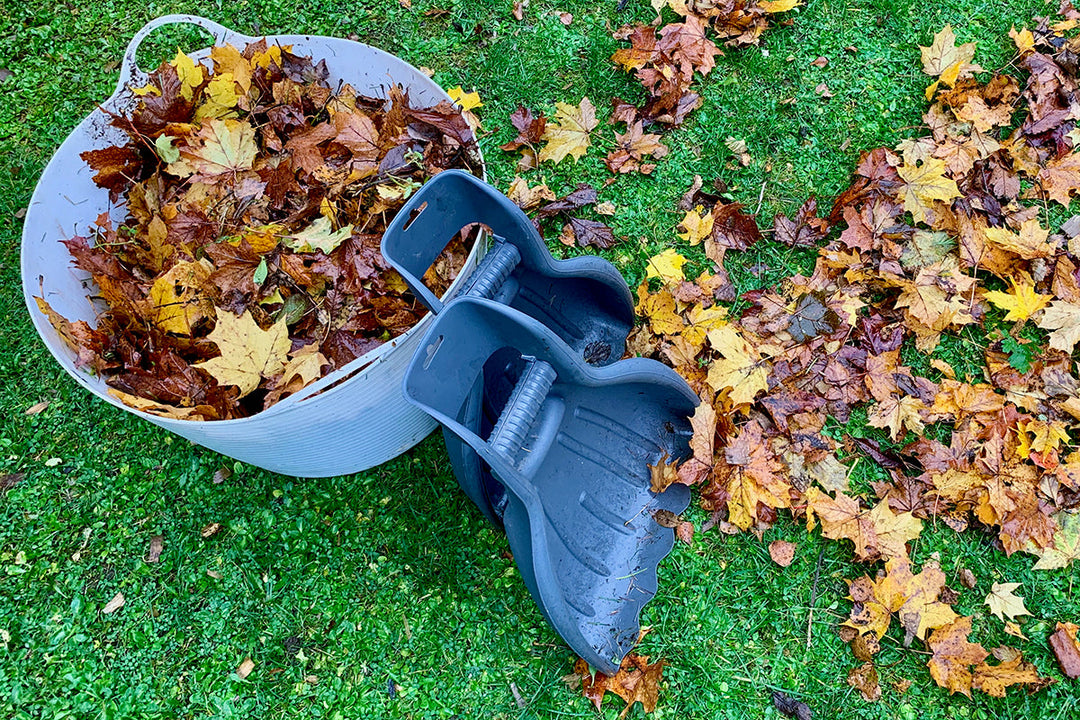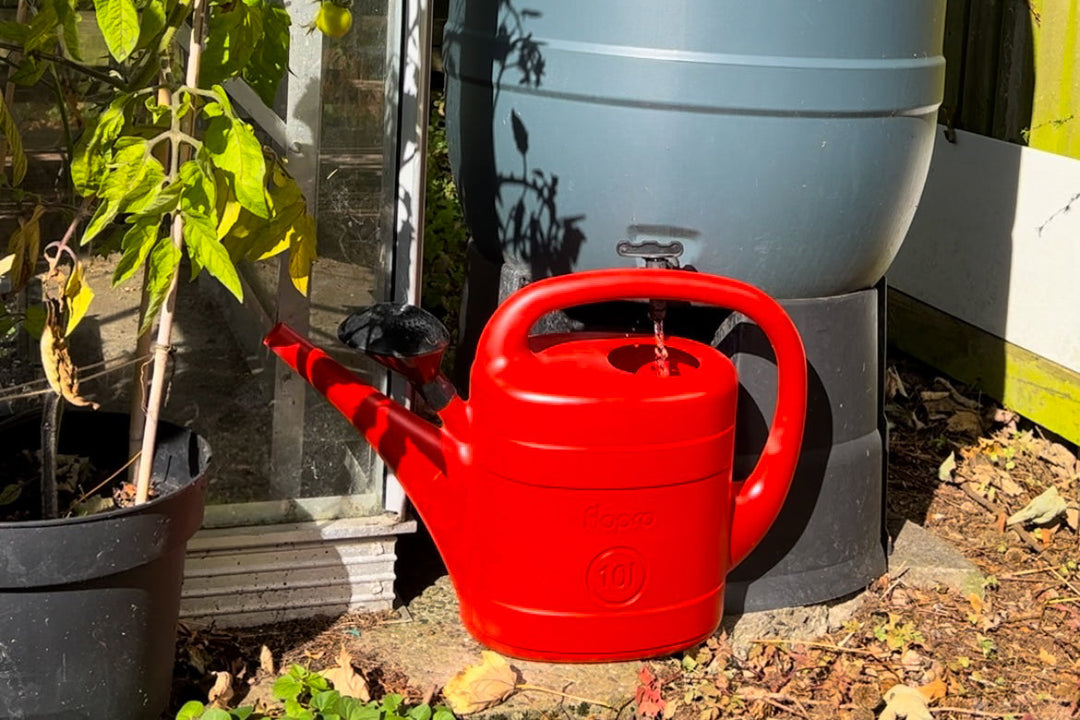Harbinger of autumn

A bit of excitement at Genus HQ this week as an old friend returned to greet us. Walking in the meadow we spotted a Giant Puffball (Calvatia gigantea) nestled in the grass, hidden in the same spot where for several years these amazing football sized fungi have mysteriously emanated. What we are seeing is the fruiting body while the main structure of the organism lives its saprotrophic life underground, its roots, or correctly hyphae, drawing nutrients from the decaying matter within the soil.
Giant puffballs are considered to be one of the safest of our wild fungi to eat due to their ease of identification and are commonly pan fried with a breadcrumb or batter coating. In the past the dried spores were used as an effective coagulant to stop bleeding and the dried flesh has been used in beekeeping where lit and smouldering has been used to calm down bees while their hive is opened for examination.
In previous years we’ve taken a slice to the Genus kitchen and left the remains in situ where the ball slowly matures, darkens and becomes hollow inside. An accidental kick from a passing cow will release an airborn cloud containing millions of spores that will be carried by the wind before settling in a new location. In a favourable site with just the right conditions a new complex of hyphae will invade the soil and once again this mysterious fleshy sphere will appear - a sight that to us signifies that autumn has definitely arrived.











